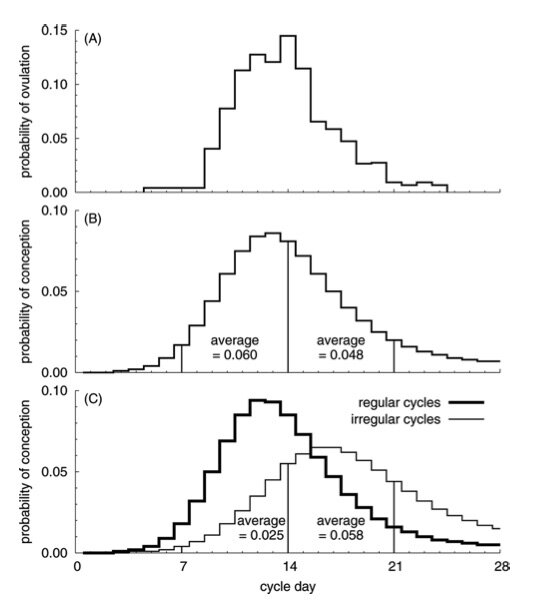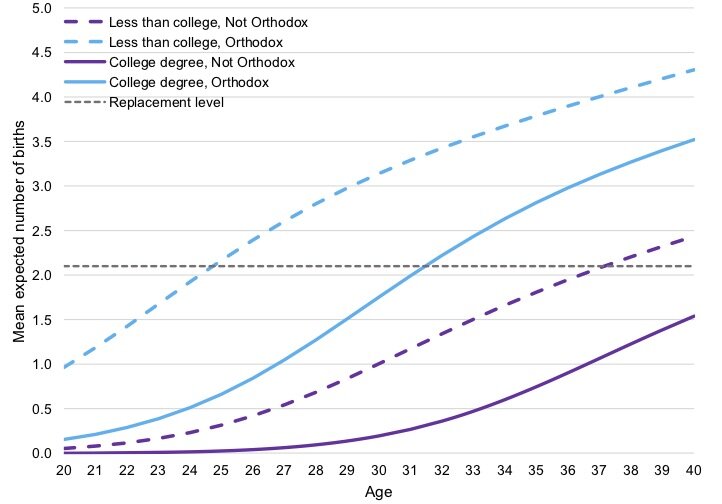In tomorrow’s post we will study an aggadic statement, that is to say, a homiletic teaching, that is not to be taken literally - or so one would think. In that daf the Talmud discusses the miracles which occurred as the Children of Israel crossed through the parted waters of the Red Sea. Rabbi Meir taught that even a fetus in its mother's womb praised God, saying "This is my God and I will glorify him." Now we might have considered this a homiletic teaching that is meant to simply express a degree of amazement and thanks. But the Talmud then asks a question that suggests Rabbi Meir meant what he said more literally:
והא לא חזו! אמר רבי תנחום כרס נעשה להן כאספקלריא המאירה וראו
These fetuses in the womb could not see the Divine presence, so how could they sing praise? Rabbi Tanchum said: Their mother's abdomen became as clear as glass for them and they were able to see.
While Rabbi Tanchum suggested that it takes physical sight rather than emotional insight to see the divine, it turns out that the fetus can see - and hear, while still in the womb.
Increased Fetal Heart Rate in Response to Light
In 1980, two Israelis published a preliminary report on the response to light of ten fetuses between 38 and 43 weeks' gestation. They inserted an amnioscope through the cervix and shone a light into the womb for thirty seconds while monitoring the heart rate of the little fetus. They found that eight of the ten little fetuses had an acceleration of their heartbeat in response to the light. That's interesting you say, but hardly what Rabbi Tanchum was describing. And you'd be correct. So let's turn to some other studies.
Increased Fetal Brain Activity in Response to Light
A review in the European Journal of Obstetrics and Gynecology and Reproductive Biology published in 1996 was sceptical that the fetus could see much of anything while inside the womb:
In utero visual stimulation appears to be very limited...in a dark room the amniotic cavity may be candled with a torch light, especially in the case of a polyhydramnios [an excess of amniotic fluid]. Measurements performed during rat and guinea-pig gestation have demonstrated that if only 2% of incoming light was transmitted in utero below 550 nm, this value increases with wavelength of the signal to reach 10% around 650 nm. Thus, a limited portion of external light may reach the human fetal retina when eyelids are open (this behavior starts at 20 weeks) or through the eyelids.
But in 2003 a group of researchers from the United Kingdom (with apparently nothing else to do for amusement) built a light source from a "cardboard tube lined with non-conducting aluminised plastic, resulting in a light intensity of 1,100–1,200 Lux at the maternal abdomen as measured with a hand-held light meter." After an ultra-sound confirmed that the fetus was looking forward (really, they did this too) they turned the light on and off. And all this took place while the mother and her in-utero child were lying in a functional MRI scanner, which was used to look for activation of the little fetal brain in response to the light. Of the nine subjects they tortured in this way, one could not be analyzed due to motion, three did not show any significant activation, and five showed significant activation. Oddly, none of the fetal brains that responded showed any activation of the occipital lobe, that part of the brain in which the primary visual cortex is located and which responds to light. Instead, it was the fetal frontal cortex showed a response to the light being shone. Hmmm.
The Fetal Response to Sound
So much for vision. Researchers have also studied what - if anything - a fetus may be able to hear. A group from Rambam Hospital and the Technion in Haifa studied the effect of music on fetal activity. Back in 1982 they took twenty pregnant women and played them either 25 minutes of nothing, or 25 minutes of classical or pop music through headphones. If you are wondering, the music was either a canon and songs composed by Pachelbel, or "the pop-hits of the [sic] Boney-M." (Give yourself an extra point if you can recall any of the pop hits of the Boney M.) Anyway, they played the music in random sequence and monitored the fetus for breathing and body movements. They found that compared to no music, when music was piped into the mothers' ears there was a significant increase in the breathing movements of the fetus, but there was no difference between classical and pop music.
“..it seems that the fetus moves into a more active state when music is played to the mother.”
And remember the experiments with cardboard tubes shining light into the womb of forward facing fetuses? Well that same group also performed functional MRI scanning of the brains of a group of fetuses but this time they strapped "an MRI compatible headphone" to the maternal abdomen (or the maternal ears, as a control) and played 15 seconds of music. (The paper does not specify the kind of music that was chosen. I do hope it wasn't the Boney-M.) Five of the twelve fetuses that had music piped into their mother's abdomen showed activation of the temporal lobes, but despite this low number the authors enthusiastically concluded that their study showed "...that brain activity can be detected in response to stimulation prenatally..."
“A ray of hope flitters in the sky
A tiny star lights up way up high
All across the land dawns a brand new morn
This comes to pass when a child is born”
Giving Thanks - Thanksgiving
The Talmud describes how the Crossing of the Red Sea was a miracle of such extraordinary nature that even in-utero fetuses joined in singing a prayer of thanks with the Children of Israel. In his famous introduction to the tenth chapter of Sanhedrin, Maimonides describes how aggadah should not be taken literally. Instead, a deeper message should be sought. And so, over Shabbat, perhaps you can discuss what you are thankful for. For what blessings in your life might a fetus open its eyes and see, or say thanks while still in its mother's womb? Now that I think of it, that's a question that everyone should answer.
“Human fetuses are, to a certain extent, able to memorize certain sensory properties...Despite the fact that they have only very short periods of wakefulness and that their brain is not mature enough to integrate sensory experiences, several experiments suggest that this does not prevent pre- and perinatal learning.”











